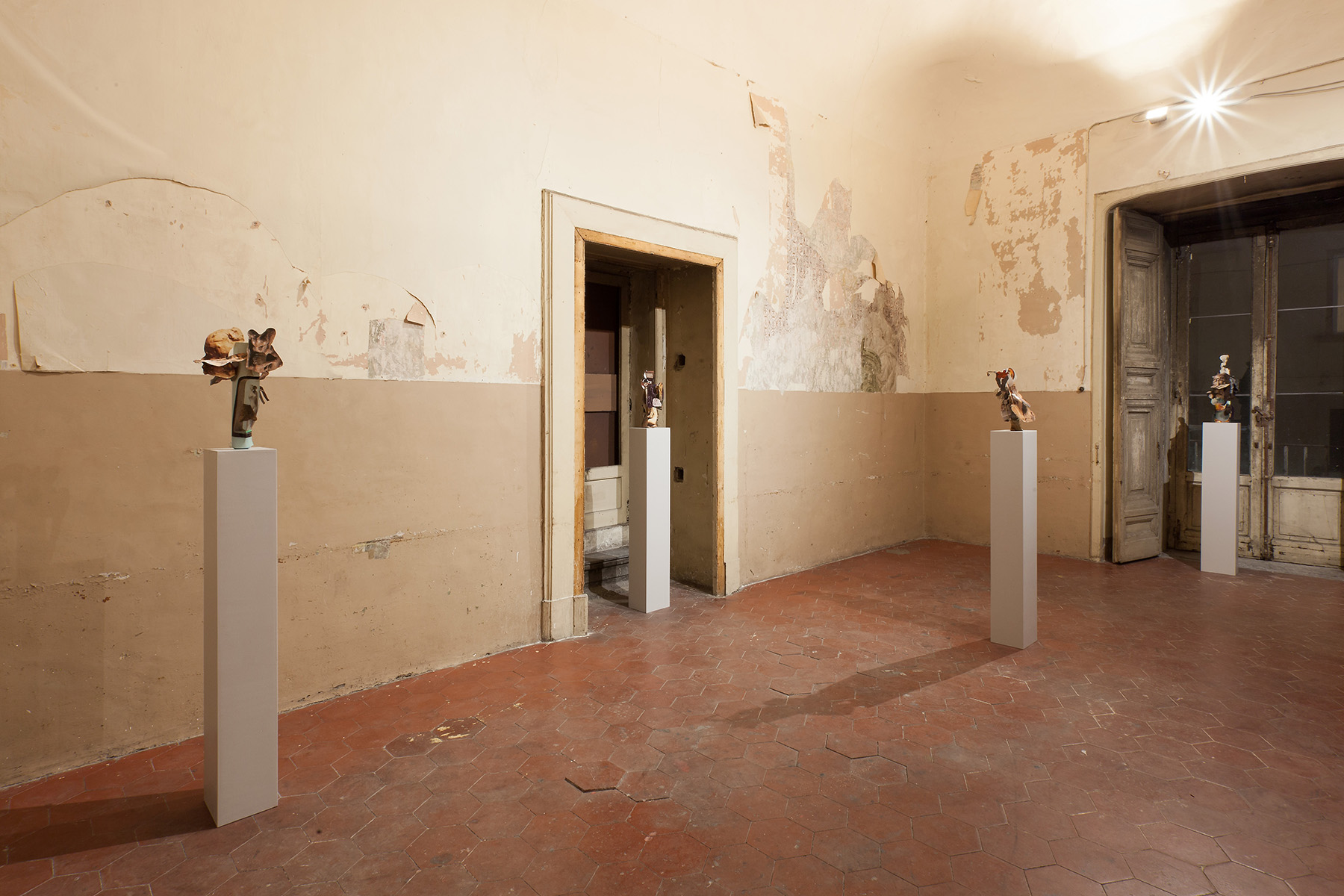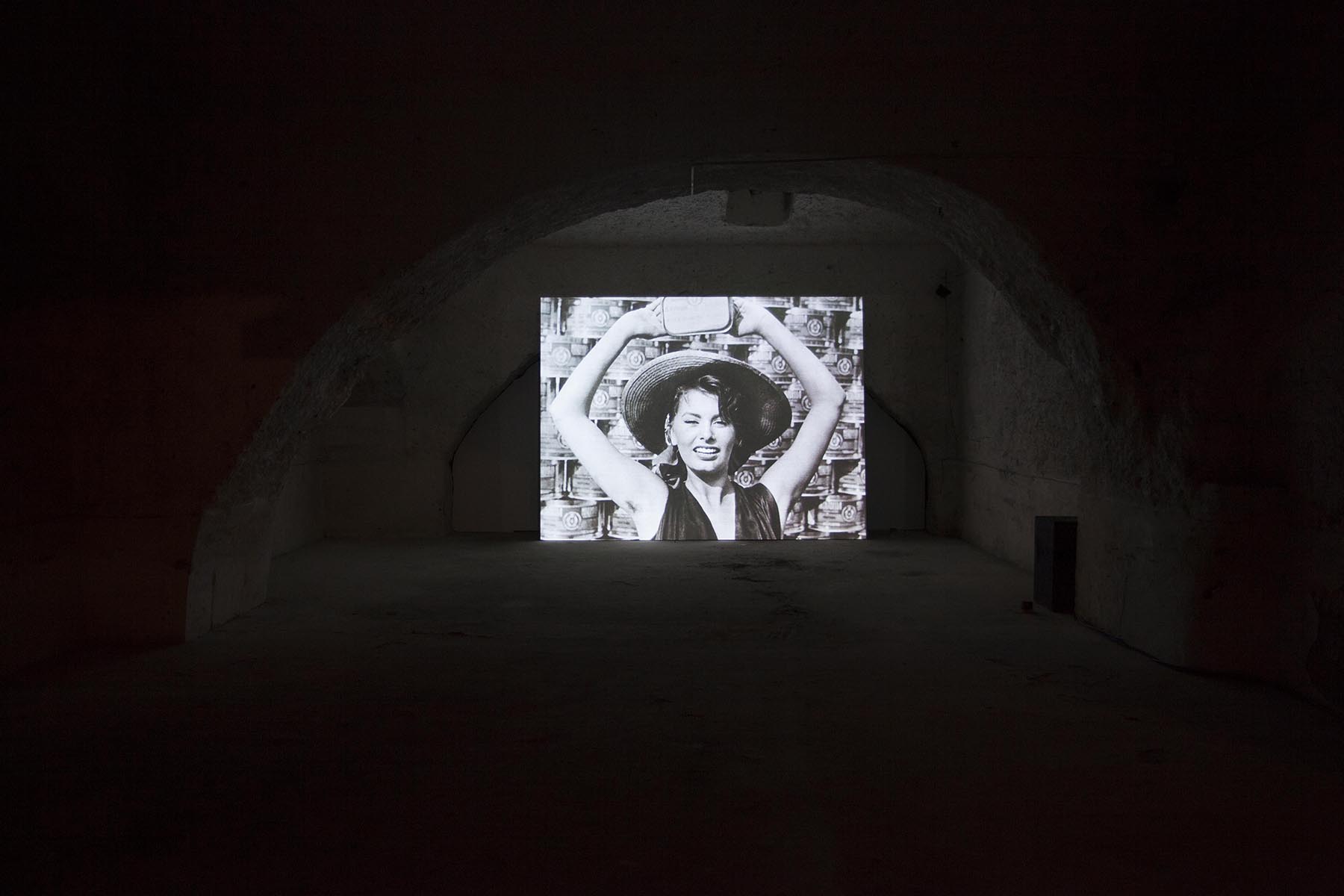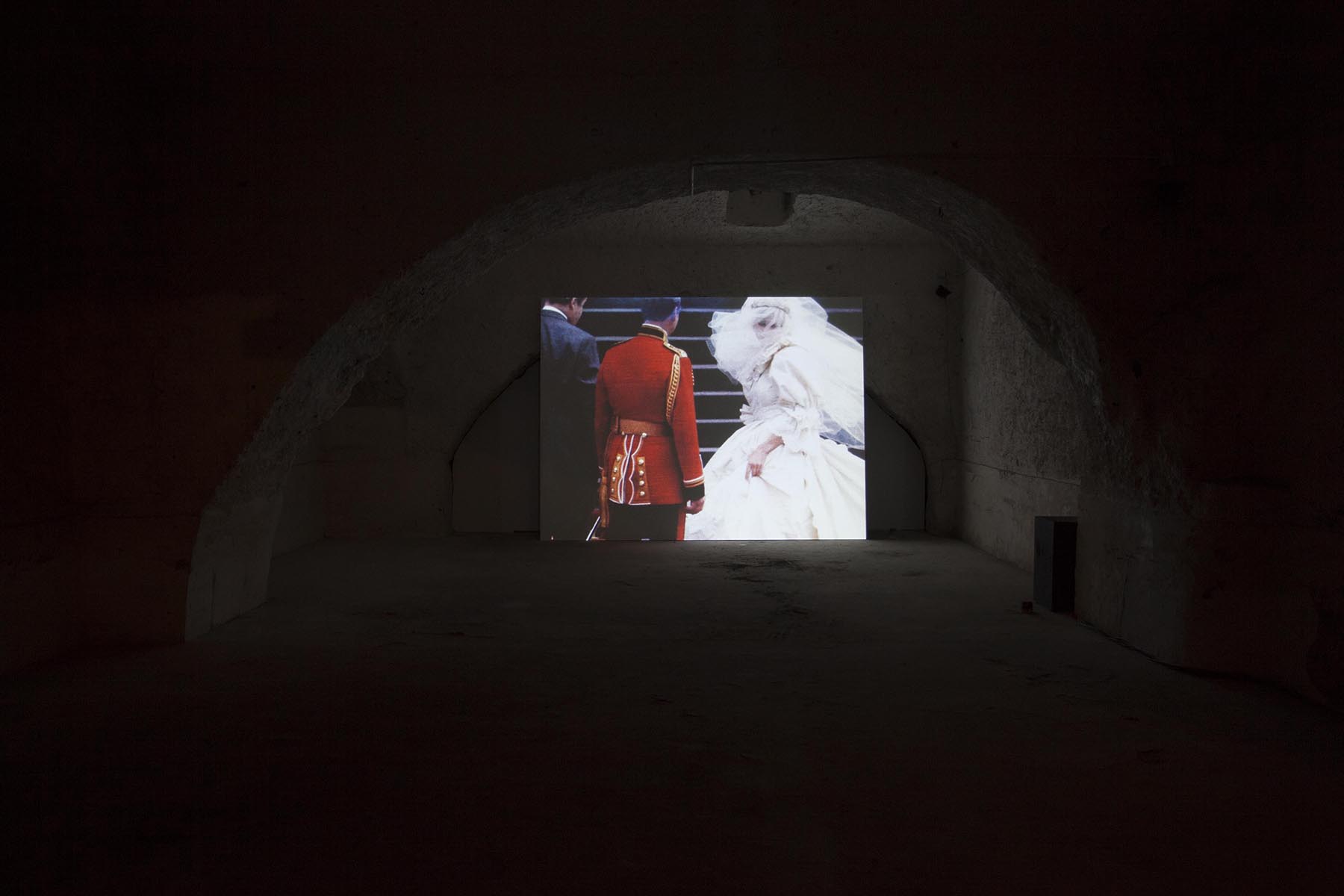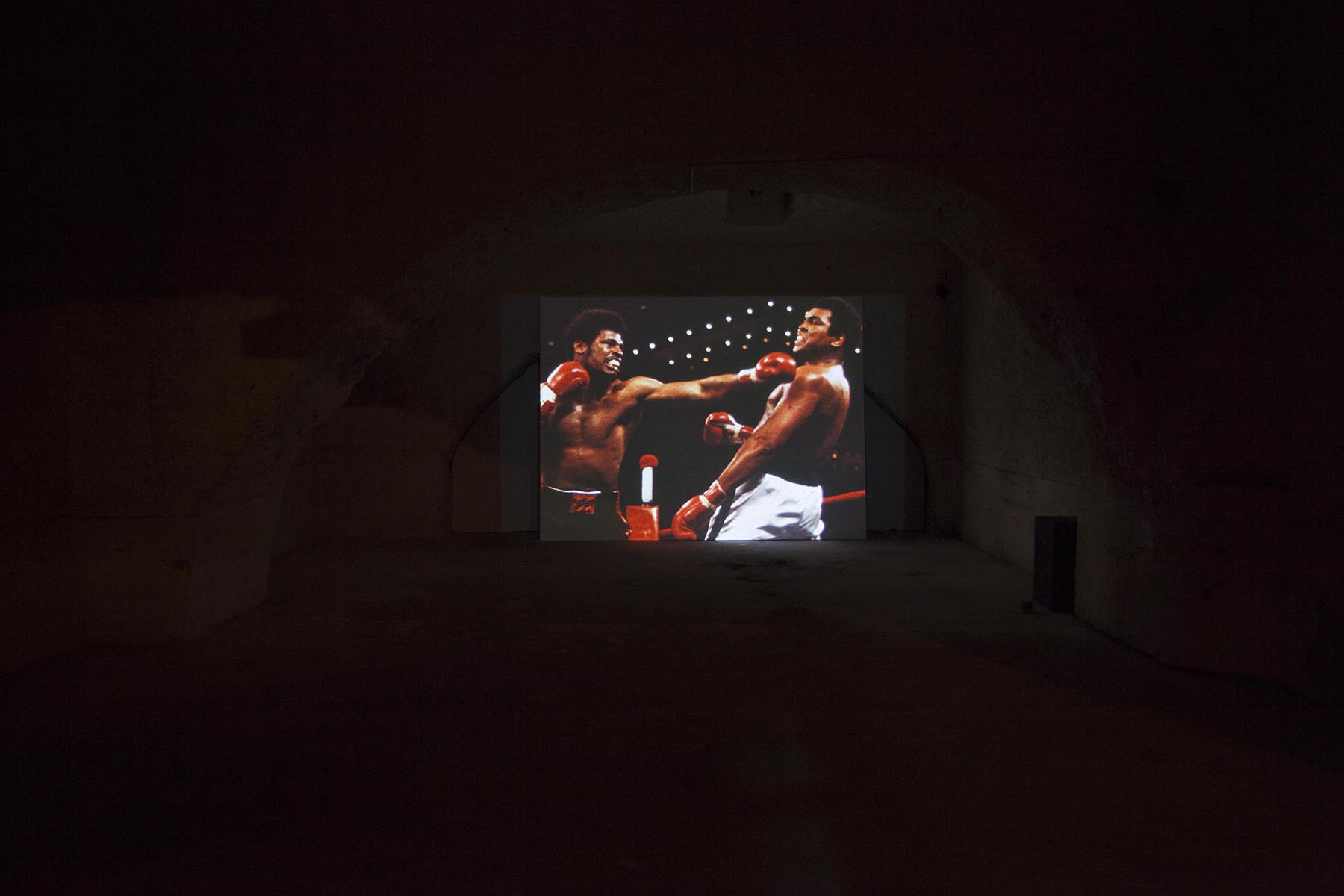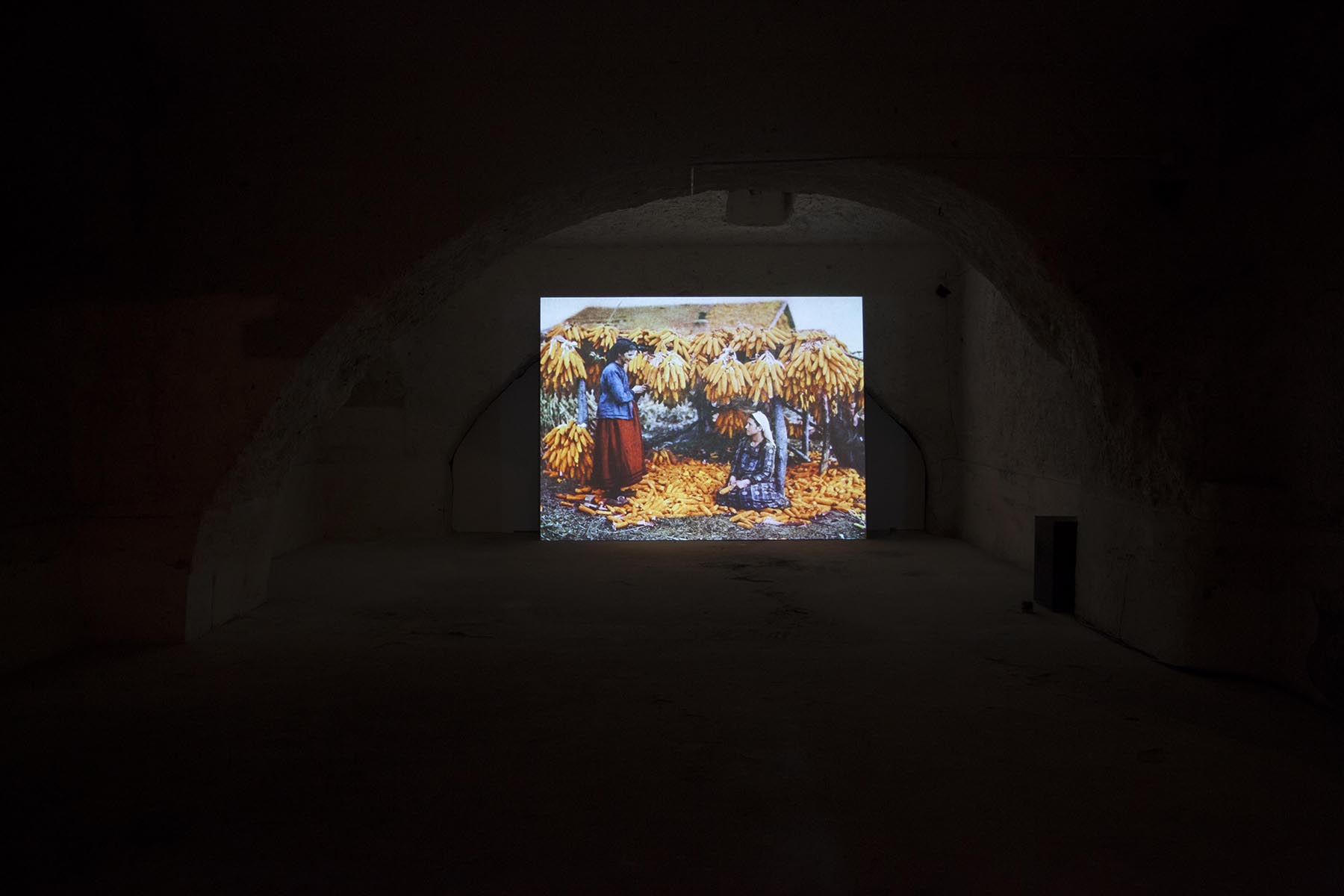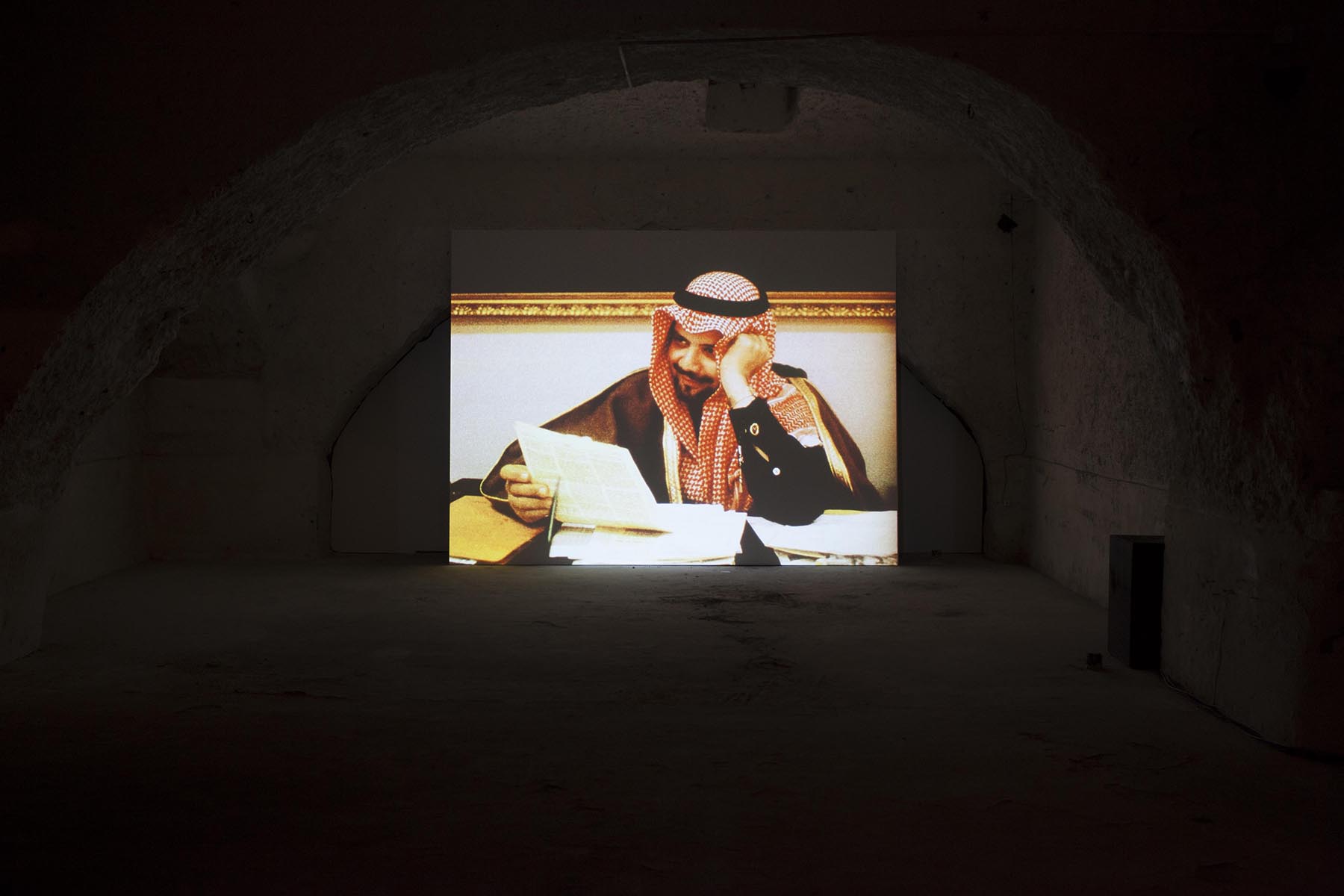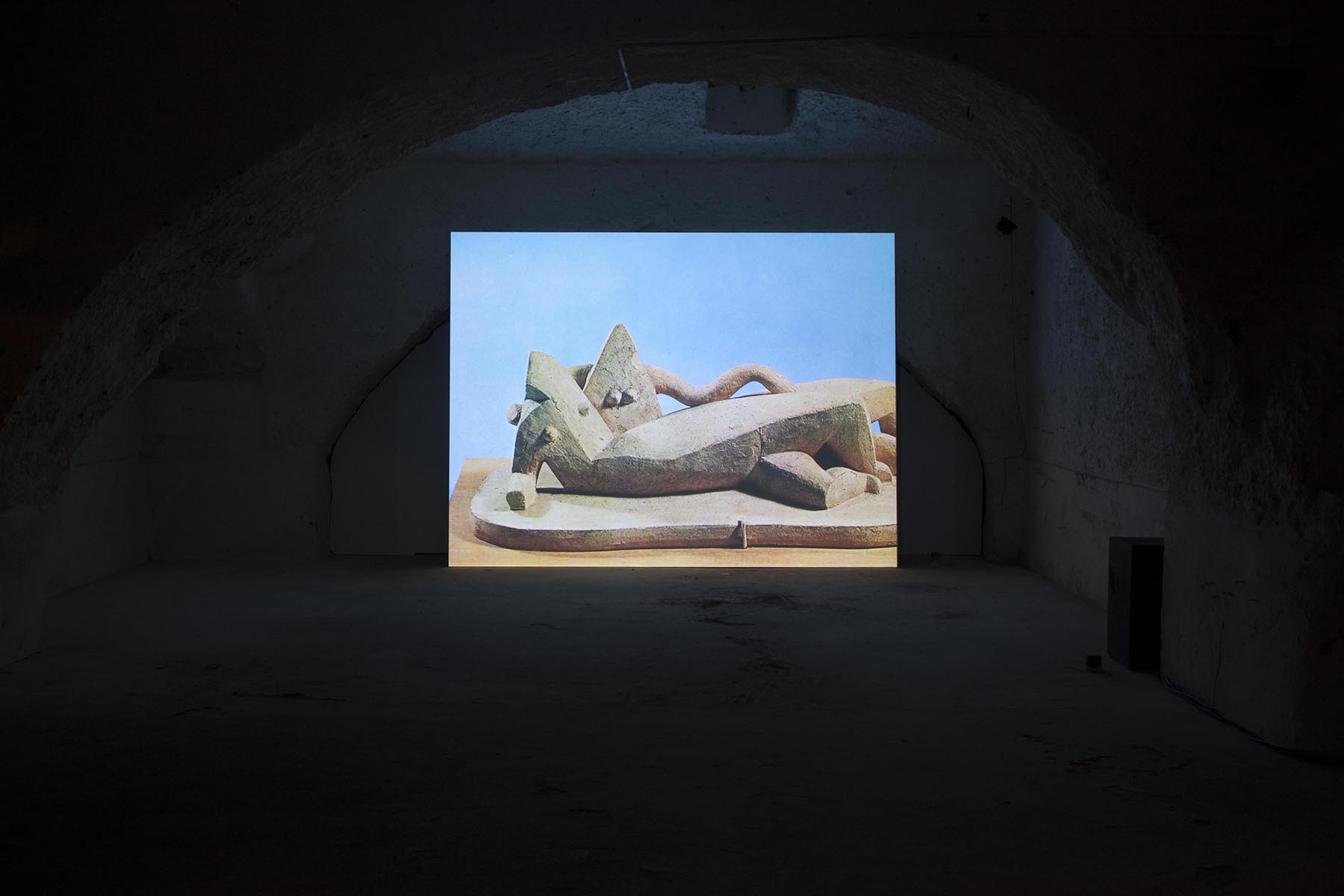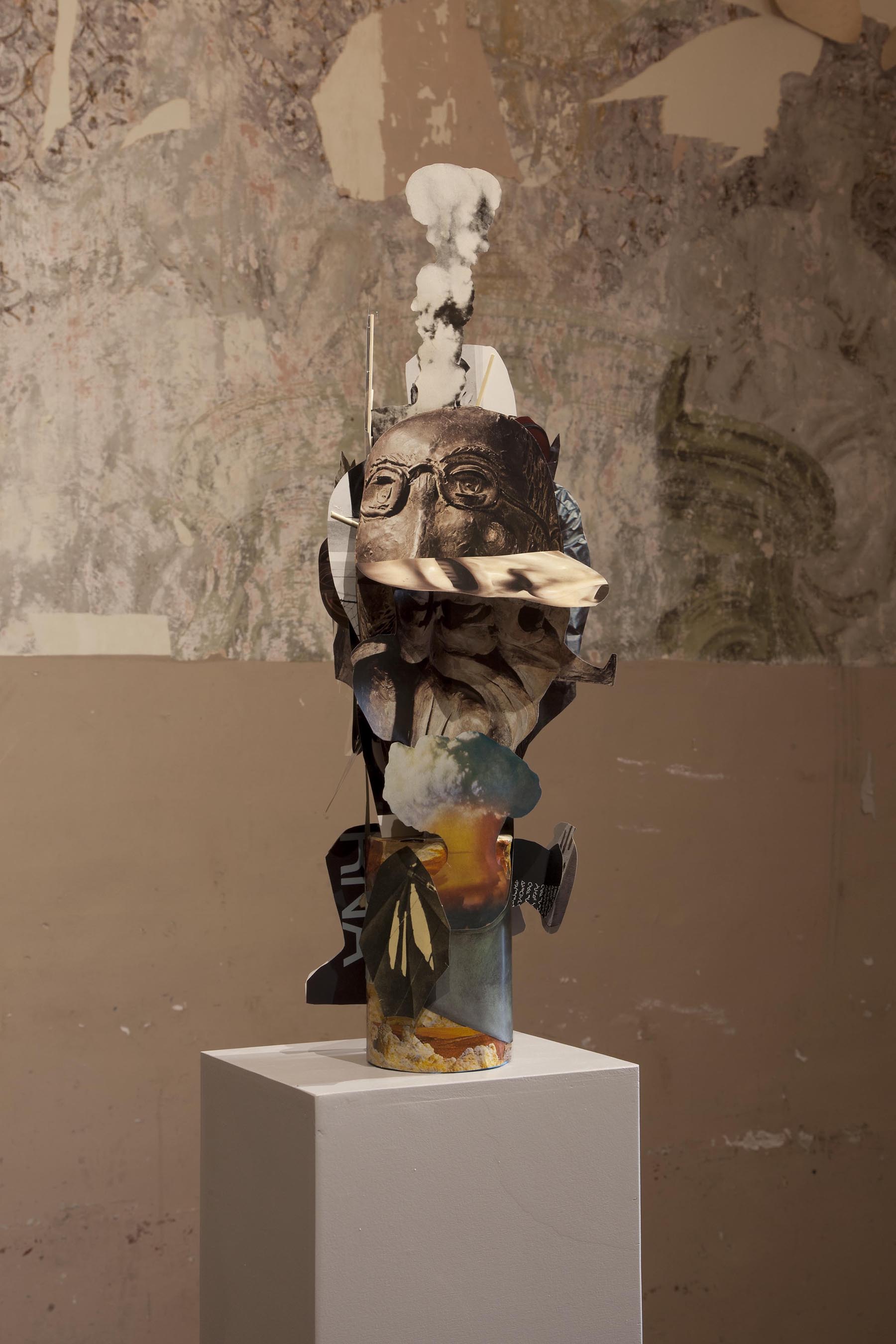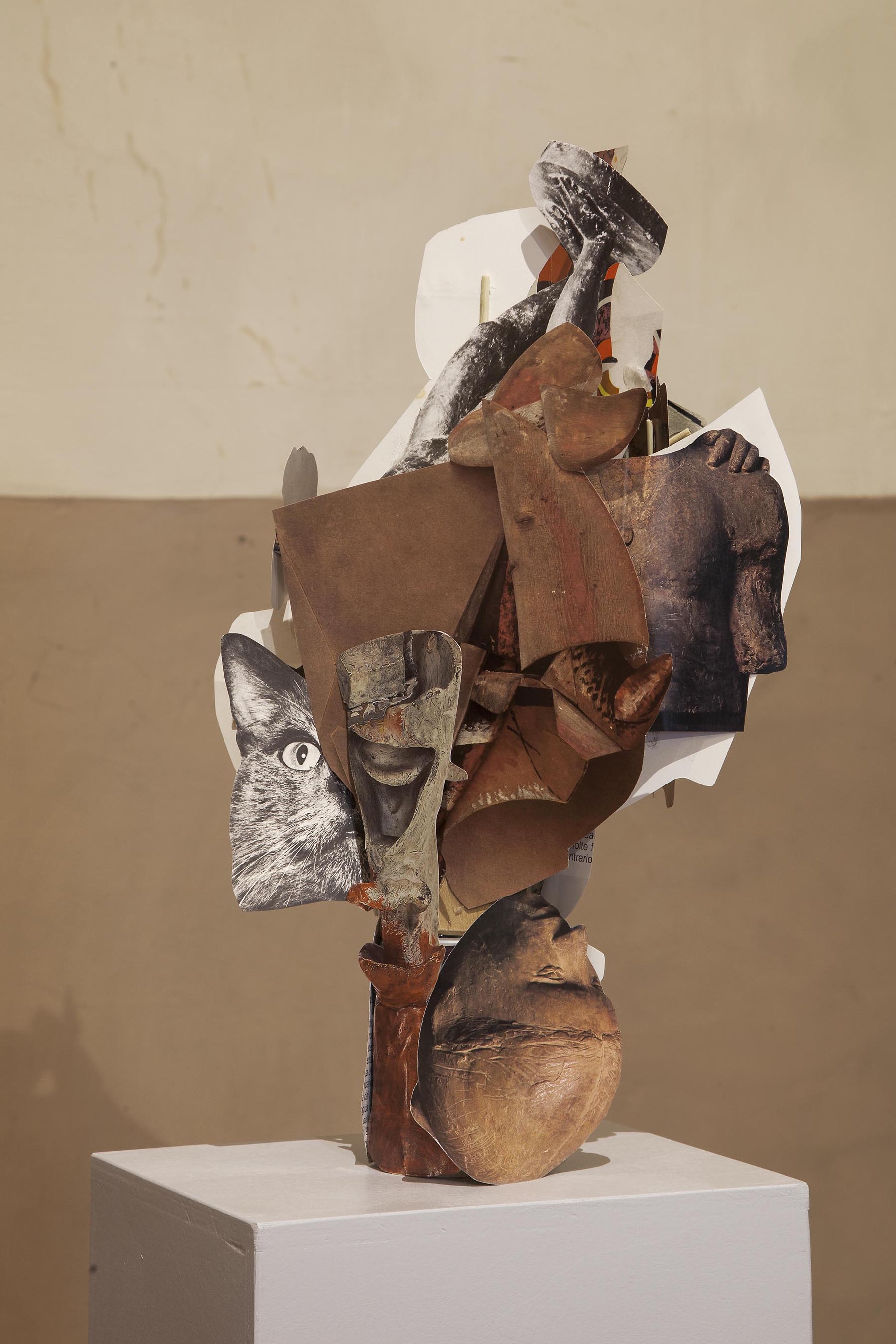12.12.2013 \\ 01.03.2014
Featuring new solo projects by Bettina Allamoda (Berlin) and Geoffrey Farmer (Vancouver), Fondazione Morra Greco is proud to present the fourth and final installment of a series of exhibitions entitled Hybrid Naples: L’ordine delle idee deve procedere secondo l’ordine delle cose.
Both artist working also with images and objects sourced in preparation for this show in Naples, Allamoda will present a new series of sculptures that are very haptic and very hybrid at once; while Geoffrey Farmer is presenting an ambitious, computer-controlled film, a work in progress incorporating thousands of found images, woven together by sound, and algorithmic parameters.
The main title of the series reflects on the city of Naples as a continuously rebuilt monument to hybridity. “The open city feels like Naples, the closed city feels like Frankfurt”, wrote Richard Sennett in 2006. Naples here is understood as a city remaining adaptable by improvisation, accommodating diversity and dissonance (for better or worse) rather than over-determined homogenization. But rather than just a current state of things, the idea of an “open”, hybrid Naples also implies three millennia of history: of a place where Greek, Etruscan, Roman, Spanish, German, Dutch, and many other presences have left their mark.
As a cultural reality and technique, hybridity – the crossing and intermingling of different cultural influences and elements – has become a factor dramatically accelerated by contemporary technological environments, from the importance of social media to artists using affordable digital technology. It directly affects what today we understand as being contemporary art: potentially, anything. However, this broadness of possible methods and motifs for current artists should not be understood as randomness. This is what the subtitle of the show is meant to remind of: “the order of ideas must follow the order of things”. It is a quote by the great Neapolitan philosopher Giambattista Vico (1668–1744). It stems from his famous main work Scienza nuova (New Science, 1725), in which he argues that civilization develops in recurring cycles. This axiom “the order of ideas must follow the order of things” asks us to consider that the shared experience of the conditions under which we live gives rise to shared ideas – rather than the other way round (an anticipation of Karl Marx’ famous “being determines consciousness”).
Taking this thought as a cue for the exhibition, it means that the artist’s experience and its reflection in their internal thought processes will give rise to the ideas expressed in their respective projects – rather then these ideas being randomly preconceived products ‘parachuted in’, or merely being the outcome of prescriptive instructions by a curator demanding illustrations of hybridity or any such thing.
The first installments by Max Frisinger – with his wings of a hydrofoil plane, or exposure of wooden scaffolding normally hidden behind a door – and Shana Moulton – with her funnily surreal videos exploring Internet New-Ageism – were cases in point. So were Christian Waldvogel’s homage to Giordano Bruno, a candle machine producing extra-solar planets, as well as Eric Wesley’s contemporary version of a knight’s suit of armour presented in a dramatic showbiz staging. The third installments explored yet other angles: Matheus Rocha Pitta’s showed concrete slabs encrusted with media images of people shaking hands, embracing and kissing, reminiscent of ancient Greek funerary steles depicting gestures of agreement with gods; and Klaus Weber created plaster cast negatives of a number of current Neapolitans, creating an homage to the city in the form of a dreamer’s scenario.
Finally, it’s Bettina Allamoda’s and Geoffrey Farmer’s turn.
What moves you? In Geoffrey Farmer’s work that question is central in more than one sense: objects literally, kinetically, made to move; images that stir something in you that you might not haven even known is there; sounds that strike a chord and draw you in. This elastic relationship between object, image, and sound – fluctuating between the uncanny and the comical, the sentimental and the bizarre – is exemplified most vividly by Farmer’s recent project Let’s Make the Water Turn Black (2013), a multi-part installation-as-choreography that involves more than 70 sculptural elements (including a stone lion head split in half, glowing from inside; a cactus with legs and penis; or a trimmed hedge waving with a feather) that are set to move, or be lit, in correspondence to an intricate and computer-controlled score of light and sound summoned to retell the story of Frank Zappa’s life. Farmer’s work is an aleatoric genealogy of American counter-culture, isolating rather than illustrating the timbres and feels of this tradition through the lens of the Zappaesque: with its roots in 1930s grotesque music halls; 1940s rural, hard-bitten folk and blues; 1950s black urban music; and the 1960s psychedelic cracking-open of heads.
For Naples, Farmer has further developed an ongoing project that has become a work titled The Process (2013). Here the approach is somewhat similar, albeit transferred to the medium of film. A projected collage of photographs – some of which were sourced in Naples, from thrift-store books and magazines – unfolds, accompanied by a soundtrack of noises, claps, timbres, patter of hooves, footsteps on gravel, in short: the kinds of sounds you might find in an audio stock library for film or radio. As the film unfolds, one notices that the images seem to be sewn together not by a narrative, but the kind of algorithmic relationship one is accustomed with on the Web: i.e. ‘tags’, say ‘people walking’, or ‘weapons’, or both. Or animals, or ‘cute’, or ‘ruin’, or ‘mountains’. However these ‘tags’ are not given away, we have to guess them, while the sounds blend them into an – illusory – whole. Reminiscent of the 1960s collage short films of Canadian avant-garde director Arthur Lipsett, the work unfolds a panorama of our collective sentiments, desires and fears, a kind of vivid phantom memory. At Fondazione Morra Greco, the work is complemented by further sculptural and audio elements.
All images Courtesy Fondazione Morra Greco, Napoli
© Amedeo Benestante

